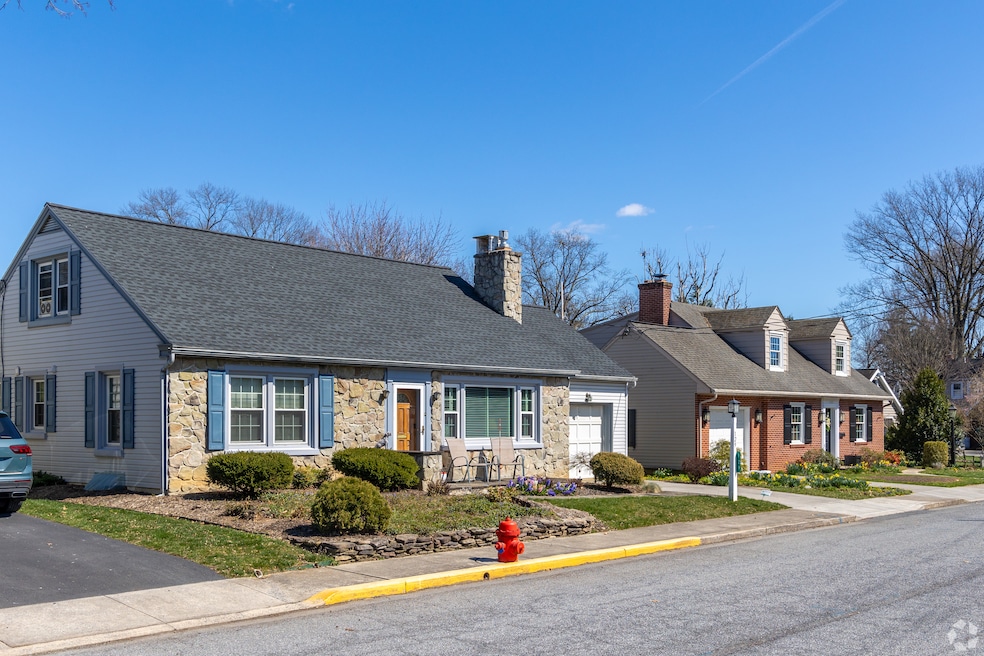For decades, homebuyers have paid more for a newly built house than a pre-owned residence, but for two quarters in 2024, that wasn't the case.
Last year, the average differential between the price of a newly built house and an existing one was just $8,725, according to a National Association of Home Builders analysis of data from the U.S. Census Bureau and the National Association of Realtors.
That’s significantly smaller than in 2023 when the premium averaged $33,750, and it’s a lot smaller than the 10-year average of $50,657.
In fact, for two quarters in 2024, the price of an existing house was more than a new one for the first time since data collection began in 1989.
It’s a residual effect from the COVID-19 pandemic, when prices for both new and existing houses increased dramatically because of elevated construction costs and tight supply.
Home price trends are changing
Though overall home prices have remained elevated since then, homebuilders have taken steps to temper the price growth in their industry while existing home sales have continued increasing, the NAHB’s analysis suggested.
“New home pricing is more volatile,” Onnah Dereski, manager of economic services at NAHB, said in the analysis. “Prices change due to the types and locations of homes being built. Despite various challenges facing the industry, homebuilders are adapting to affordability challenges by selling smaller lots, constructing smaller homes and offering incentives.”
At the same time, homebuilders have shifted their efforts toward the South — where policy can make construction more affordable — creating another opportunity to lower prices for homebuyers.
In the existing homes market, it’s been more difficult to adapt. As the cost of newly built homes has softened, the price of existing houses has been increasing since the second half of 2023.
“Tight inventory continues to push up prices for existing homes, as many homeowners who secured low mortgage rates during the pandemic are hesitant to sell due to current high interest rates,” Dereski said.
There's volatility in the real estate market
Looking ahead, there is uncertainty as to whether the gap will narrow.
In the existing homes market, there are signs that prices will continue climbing. The latest data from the National Association of Homebuilders indicated that in 2024, the median price for an existing home reached a high. At the same time, additional data from a national home price index suggested that price growth is starting to speed up.
For newly built houses, there are more questions about where prices are headed.
“Upside and downside risks will become clearer as the new year progresses," NAHB Chief Economist Robert Dietz said in a statement Tuesday. "An easing regulatory environment and tax cuts could act as tailwinds, but tariffs and potentially higher deficits could dampen market momentum. Additionally, a growing trend away from work-from-home could increase building activity in inner suburbs in the quarters ahead.”

